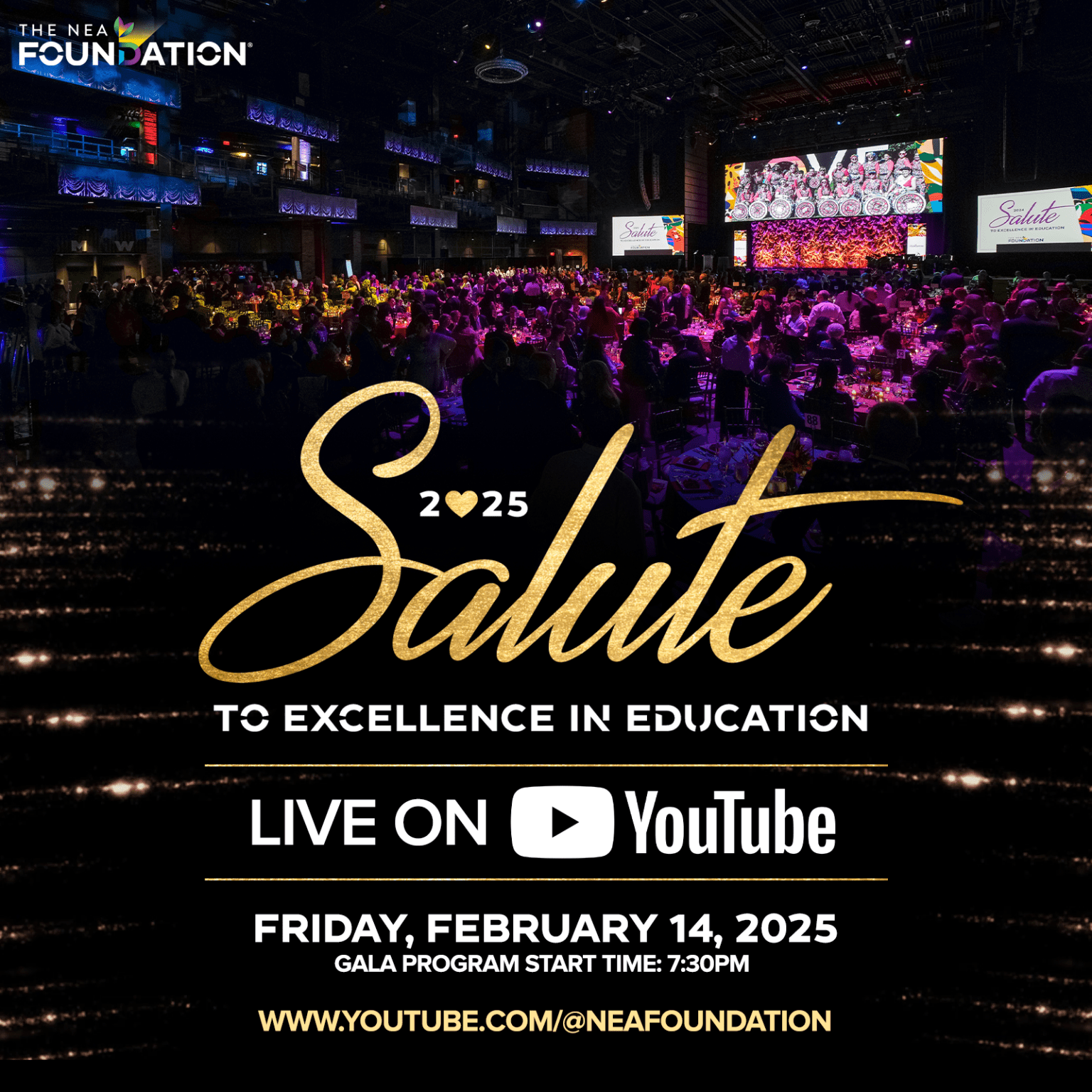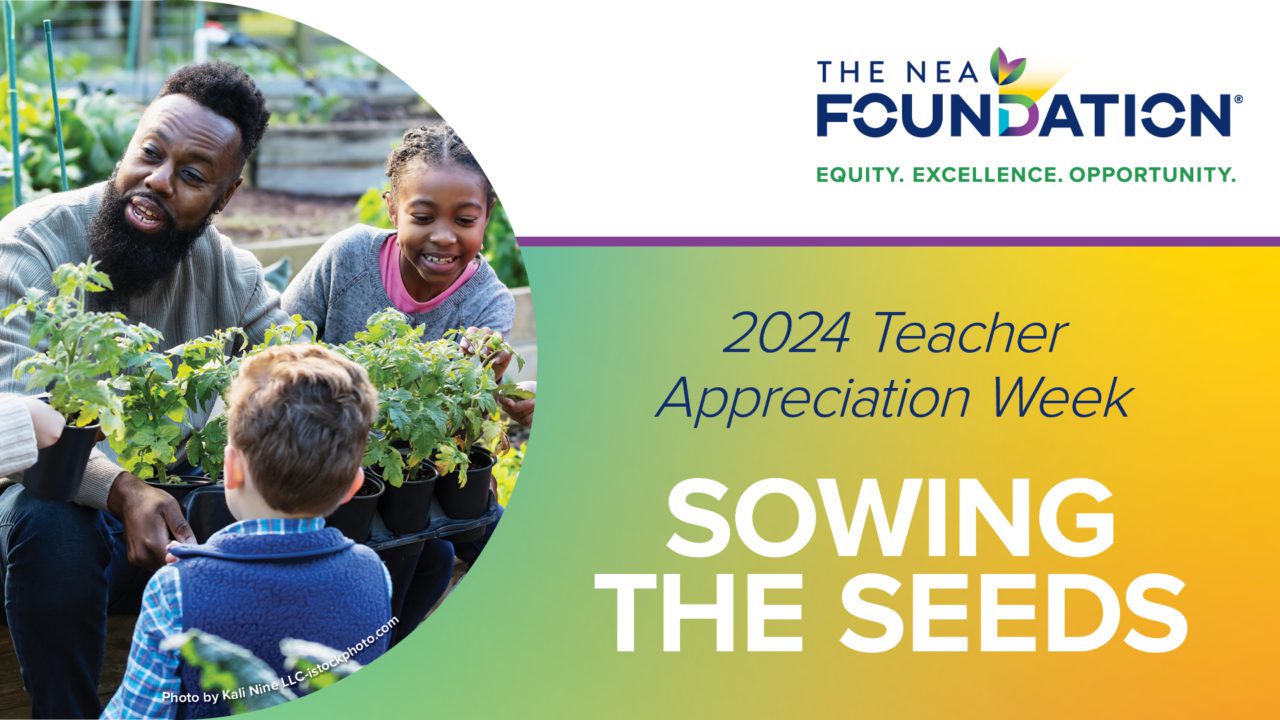Need help preparing your students to thrive in an increasingly flat world? Below, the Asia Society, a leading force in forging closer ties between East and West and our partners in global learning, offers nine ways to modernize your lesson plans for 21st century learning.
Share your thoughts with our community of educators in the comments section below: are these tips helpful? What are you doing to prepare your students with 21st century skills and knowledge. We’d love to hear what you’re doing!
And please, stay tuned! In the coming weeks, we’ll share real examples of curricula and classroom lessons developed and being used by educators participating in our Global Learning Fellowship.
Nine Lessons on How to Teach 21st Century Skills and Knowledge
As Thomas Friedman put it in a New York Times column, globalization compounds the urgency for students to develop the skills and knowledge they need for economic and civic success in the 21st century. Yet despite widespread agreement among parents, educators, employers, and policymakers worldwide that students need skills like critical thinking, problem solving, teamwork, and creativity, these skills are stubbornly difficult to teach and learn.
The “transmission” model, through which teachers transmit factual knowledge via lectures and textbooks, remains the dominant approach to compulsory education in much of the world. Students taught through this method typically do not practice applying knowledge to new contexts, communicating it in complex ways, solving problems, or developing creativity. In short, as our new paper lays out, it is not the most effective way to teach 21st century skills.
Decades of empirical research about how individuals learn, however, provide valuable insight into how pedagogy can address the need for 21st century skills. Indeed, the research suggests nine lessons that inform how to teach these skills:
- Make it relevant. The relevance of learning specific knowledge and skills is much clearer to students—and much more motivating—if they understand how a given topic fits into “the big picture,” or a meaningful context.
- Teach through the disciplines. Students develop their 21st century skills and knowledge as they learn why each academic discipline is important, how experts create new knowledge, and how they communicate about it.
- Develop lower and higher order thinking skills—at the same time. Students need to comprehend relationships between given variables and how to apply this understanding to different contexts.
- Encourage transfer of learning. Students need to develop the ability to apply skills, concepts, knowledge, attitudes, and/or strategies they develop in one context, situation or application to another, reflexively (low-road transfer) or after deliberate thought and analysis (high-road transfer).
- Teach students to learn to learn (metacognition). Since there is a limit to how much students learn through formal schooling, they also must learn to learn on their own.
- Address misunderstandings directly. People have many misunderstandings about how the world works that persist until they have the opportunity to develop alternative explanations.
- Promote teamwork as a process and outcome. The ability to work collaboratively is an important 21st century skill, not to mention an important condition for optimal learning of other key skills.
- Exploit technology to support learning. Use of technology is another critical 21st century skill, essential to help develop many of the other skills mentioned here.
- Foster students’ creativity. Creative development requires structure and intentionality—the ability of the mind to form representations—from teachers and students, and can be learned through each of the disciplines, not just through the arts.
Progressing from the outdated “transmission” model to the “21st century” model will involve entire educational systems. As educational purposes change, curriculum frameworks, instructional methods, and assessments must also. The changes demand increased teacher and administrator capacity and affect many facets of human capital, including teacher training, professional development, career mobility, and the teaching profession’s cultural standing.
While there has been progress in preparing students for the 21st century, the remaining work will require of teachers, administrators, and policymakers precisely the skills that we deem critical for students—as well as the political will to ensure that educators directly involved in transitioning to the 21st century model have the time, support, and resources they need.
This study was presented as part of Asia Society’s Global Cities Education Network Symposium in May2012 at our new Centre in Hong Kong. Anna R. Saavedra is an associate policy researcher at the nonprofit, nonpartisan RAND Corporation, and V. Darleen Opfer is director of RAND Education.








